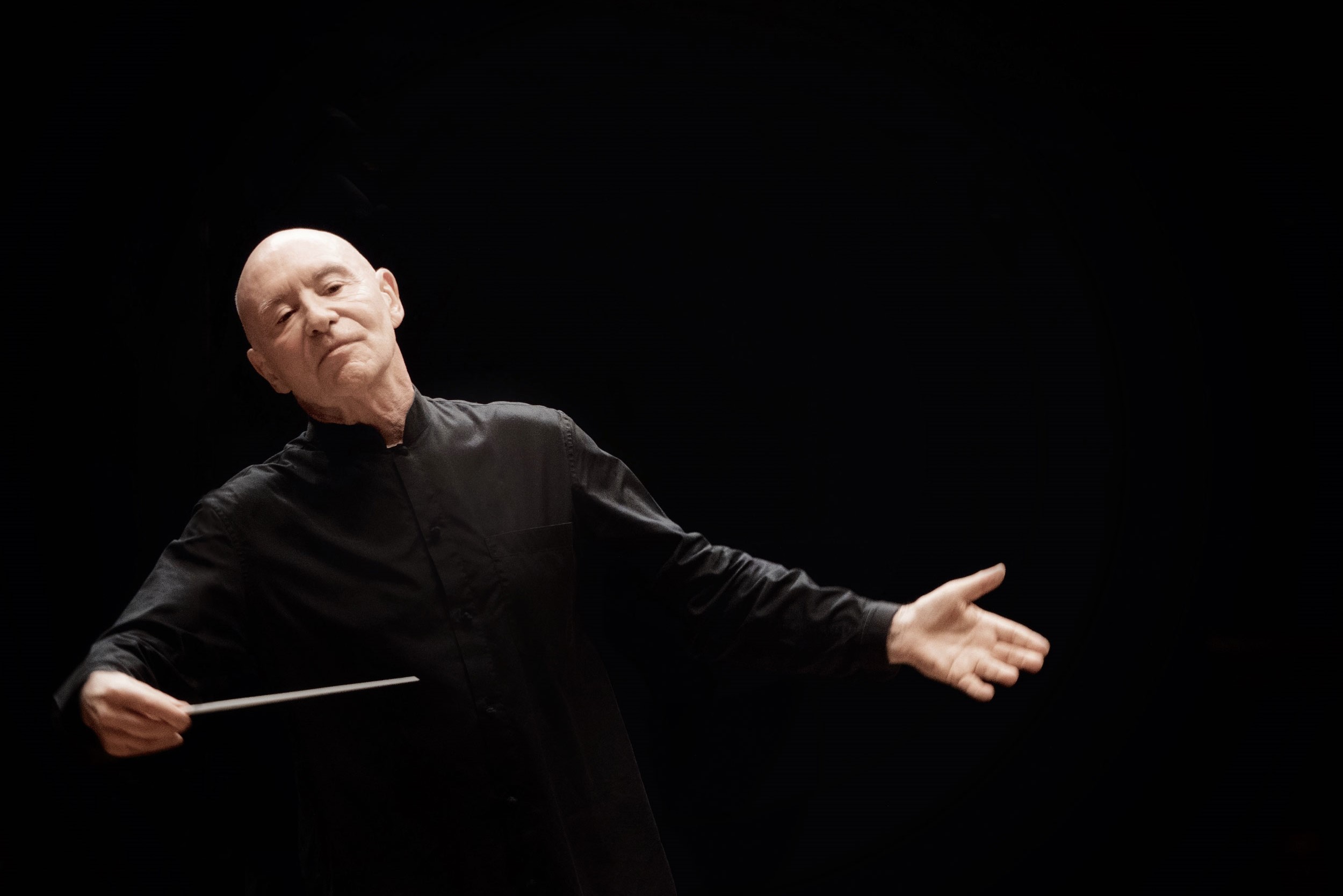During the first concert of Christoph Eschenbach with the NFM Wrocław Philharmonic in the new season, Eschenbach will present brilliant compositions written in the Romantic era. We will look at two aspects of music written at that time. Antonín Dvořák’s Violin Concerto, in which the solo part will be performed by the Dutch artist Niek Baar, is a work of absolute music and does not contain any extra-musical references, while Hector Berlioz’s Symphonie fantastique is one of the most famous pieces among programmatic works.
The first to be heard is the light and cheerful Violin Concerto in A minor by Antonín Dvořák, one of the less frequently played works of this genre written in the Romantic era. This beautiful piece was dogged by bad luck from the moment it was written. The Czech composer came up with the idea to write it after meeting the famed German violinist Joseph Joachim. A year later, he dedicated a new composition to him and wanted the virtuoso to become its first performer. But the conservative Joachim did not like some of the formal solutions used by Dvořák and never performed his concerto. However, the artist’s compatriot, František Ondříček, had no such objections and premiered the work in Prague in 1883. The first movement of the composition is the most dramatic, the remaining two are music in major keys, illustrating the great melodic talent of the Czech creator.
Next we will listen to Symphonie fantastique by Hector Berlioz. Leonard Bernstein called it “the first psychedelic symphony in the history of music”, due to the events described in sounds by the French composer. In it, he presented an imaginary love story based on his own obsession with the Irish actress Harriet Smithson. The first movement shows the peace felt by the artist before meeting his beloved. The mood changes dramatically when he meets the woman – a characteristic musical theme appears, called idée fixe, and the music becomes violent and imbued with passion, In the deliciously orchestrated second movement, the composer sees Harriet at a ball among waltzing couples. In the third, he wanders alone through the fields, listening to the calls of two shepherds, but persistent thoughts about his beloved disturb his peace. His mood is reflected in his surroundings. A storm is coming, and the calls of the first shepherd remain unanswered. In an opium-induced dream, the rejected artist dreams that he has murdered his beloved and is led to the scaffold amid the shouts of the crowd. The thought of his love is interrupted only by the fall of the guillotine blade. The finale presents a Sabbath of witches who came to the protagonist’s funeral. The instruments imitate their laughter and moans, the idée fixe turns into a lively dance melody, we hear the peal of mourning bells, a parody of the medieval Dies irae, and the strings struck by the bow sticks imitate the sound of dancing skeletons. The daring, virtuosic and innovative orchestration combined with the aura of moral scandal surrounding the work shocked Parisians in 1830 and... brought Berlioz and his composition great fame.

